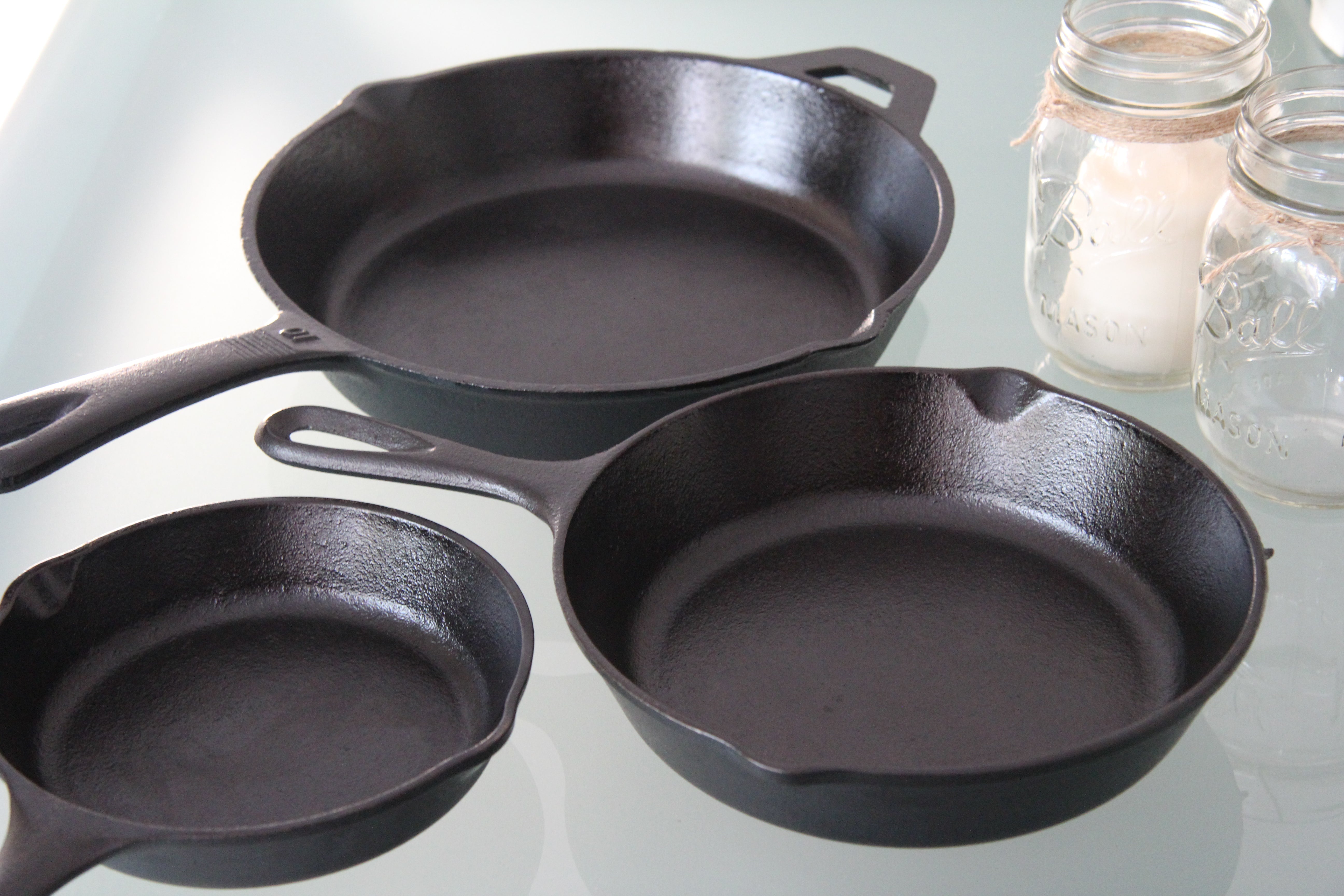When it comes to cooking a delicious turkey, preparing it for brining is a crucial step that no kitchen professional can overlook. The quality of the brining process can significantly impact the flavor and moisture retention of the turkey. Thus, one of the first questions that arise is, how big of a stock pot to brine a turkey? The right size stock pot ensures that the turkey is fully immersed in the brine, allowing the magic of flavors to penetrate every morsel. In this article, we'll delve deep into selecting the appropriate stock pot size for brining a turkey, along with essential techniques and tips.
Understanding how much brine you need for your turkey is fundamental. Typically, a ratio of 1 cup of salt to 1 gallon of water is used for the brine, but those measurements can vary. Furthermore, the dimensions of the turkey in relation to the pot size need careful consideration. You'll want to ensure that your stock pot is large enough to accommodate both your turkey and the brine solution.

What is a Stock Pot?
A stock pot is typically a tall and wide cooking pot designed for making stocks, soups, and stews. It's characterized by its large capacity, usually ranging from 8 quarts to as much as 20 quarts or more, making it ideal for brining a turkey. The extra height helps keep the brine submerged, while its ample diameter allows room for your turkey to fit comfortably.
Choosing the Right Size
So, how big of a stock pot to brine a turkey? As a general rule, a 5-gallon stock pot works for most whole turkeys. Here's a quick guide based on turkey weight:
- Up to 12 Pounds: A 5-quart stock pot is often sufficient.
- 13 to 16 Pounds: Opt for a 7-quart stock pot.
- 17 to 20 Pounds: A 12-quart stock pot is ideal.
- 21 Pounds and Up: You'll need at least a 20-quart stock pot.
It's essential to remember that imperfections in pot proportions can lead to spillovers or inadequate brining, hence why having the correct size is critical.

Additional Factors to Consider
While choosing a suitable stock pot size is vital, other factors can also affect your brining process:
Materials
Stock pots come in various materials, including stainless steel, aluminum, and enameled cast iron. For even heat distribution and durability, stainless steel is often the best option. However, cast iron retains heat well, making it a suitable choice if you're working with hot brines.
Shape and Design
Stock pots that have a wider base provide better brining results as they allow for even immersion. The pot's height should also accommodate the turkey comfortably without causing overflow during the brining process.
:max_bytes(150000):strip_icc()/faw-stainless-steel-stockpots-test-mueller-ultraclad-tri-ply-lid-ladle-8-quart-katrina-cossey-02-a14527257302477ca61b9861e0f2bd4a.jpeg)
Brining Techniques
To brine a turkey effectively, you must follow sound techniques. Once your brine solution is prepared, place the turkey in the stock pot. Ensure that the brine completely covers the turkey and, ideally, let it brine in the refrigerator. If you're limited on space, consider using a cooler, filled with icepacks to keep the turkey properly chilled during the brining process.

Best Stock Pots on the Market
When it comes to purchasing stock pots, you'll find a variety of options available. Some of the best brands include:
Conclusion
In conclusion, understanding how big of a stock pot to brine a turkey is essential for every kitchen professional seeking to elevate their turkey preparation game. With the right size, material, and technique, your turkey will boast unparalleled flavor and juiciness. Dont hesitate to invest in a quality stock pot tailored to your brining needs.
FAQs
1. Can I brine a turkey in a cooler instead of a stock pot?
Yes, many professionals use coolers lined with ice packs as an alternative to stock pots. Ensure that the turkey remains chilled during the brining process.
2. How long should I brine my turkey?
The general guideline is to brine for 1 hour per pound, up to 12 hours maximum depending on your brining solution.
3. Is it necessary to have a lid for my stock pot while brining?
A lid isn't mandatory, but it can help keep the brine solution contained and avoid any unwanted contaminants.
As an Amazon Associate, I earn from qualifying purchases.






Leave a comment
This site is protected by hCaptcha and the hCaptcha Privacy Policy and Terms of Service apply.